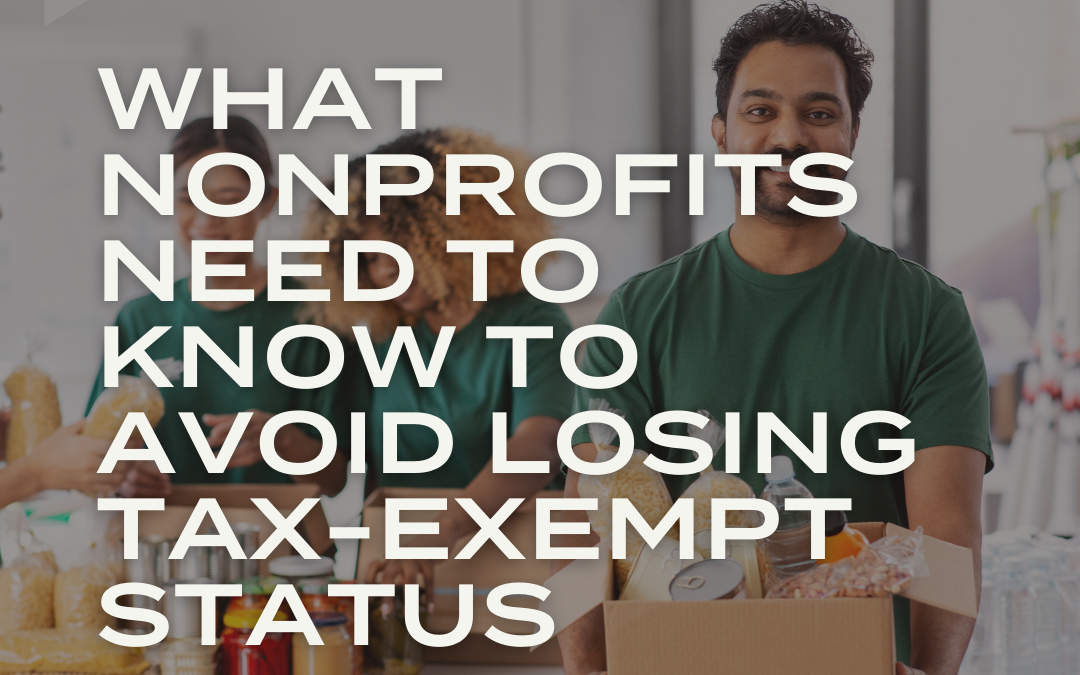If you regularly donate large sums of money, but continue to see an unmet social need that you wish to address, you might consider starting your own foundation. Endowment funds associated with forming your own non-profit organization offer a wide range of benefits. By understanding the similarities and differences of endowment funds, you can properly prepare for financial planning and preliminary decision-making.
What Is an Endowment Fund?
A foundation’s assets are called an endowment, which are invested to generate income for the foundation. The beneficiary of the foundation is a non-profit organization or organizations, and the initial endowment capital comes from donations that will be used for charitable purposes.
Setting up a private foundation requires you to define your foundation’s purpose and the guidelines it will follow in making grants (contributions). This definition is necessary to gain tax-exempt status for your foundation. Tax-exempt status will need to be applied for and approved by the IRS, and donations to a private foundation’s endowment fund are tax-deductible.
The Importance of an Endowment
A strong endowment can provide a steady stream of income for charitable purposes, as well as protection from ups and downs in other income. Endowment funds are set aside for the purpose of establishing long-term financial stability and growth for the organization. For this reason, endowment funds are established to preserve the principal amount while increasing its annual investment growth percentage over time.
Additional benefits of an endowment include:
- Ongoing financial support for programs and services
- A way for donors to invest in the long-term sustainability of the organization
- A financial safety net that reduces the pressure to rely solely on donations or fundraisers
- A way to attract donors, as it signals the seriousness of establishing a successful organization with continual operation long into the future
Key Endowment Fund Policies
As the donor, you would restrict the purposes for which the endowment fund could be used. Grants need to be made each year of at least 5% of the foundation’s investment assets. Grants must be made only to non-profits, and the foundation must pay a 1 – 2% excise tax on the organization’s investment assets each year. A tax reporting on form 990-PF also needs to be filed annually.
Your organization must follow investment, withdrawal, and usage policies governing how the endowment fund is operated.
- The investment policy dictates what type of investments a manager is permitted to make, and how aggressive the manager can be when seeking to meet return targets.
- The withdrawal policy establishes the amount the donee organization is permitted to take out from the fund each period.
- The usage policy explains the purposes for which the fund can be used and ensures that funds are being used appropriately and effectively.
Understanding Quasi-Endowment Funds
Quasi-endowments are funds offered to an organization with a specific purpose from its donor (usually an individual or board of directors). They are similar to a standard endowment with one major difference — the principal is not held permanently. Instead, the principal of a quasi-endowment fund may be distributed at a later date for general spending purposes.
How a Quasi-Endowment Fund Works
The board of directors holds authorization to terminate restrictions on financial access of the principal and allow distribution for a range of purposes. Typically, quasi-funds are created by the excess of revenue or large bequest donations. Quasi-endowments are convenient options for non-profit organizations when they are first getting established.
Endowment Fund Vs. Quasi Endowment Fund
Key differences between endowment funds and quasi-endowment funds include the following:
- Endowment funds distribute from net income, mainly income and dividends; Quasi-endowment funds distribute annually based on market value percentages.
- For endowment funds, the donor states that the gift is to be held permanently as an endowment; for quasi-endowment funds, gifts are elected to be added to the fund, which means a future board could vote to remove part or all of the principal for spending.
A term endowment is another type of endowment that is controlled by a specific period of time or upon an event, such as death.
Setting up an Endowment Fund
To set up any type of endowment fund, you’ll need to consider which endowment is best for your organization and its long-term goals. You may establish your endowment fund with any amount to start. However, it is typically best to build a cash reserve of up to six months of expenses and earmark a portion for the endowment.
You will also need to determine whether you have the support from your team or board of directors to oversee and manage the endowment, or if you need a trusted third party to execute wise financial decisions in your place.
If you are interested in exploring an endowment fund as part of your organization, we can help. Contact your Hawkins Ash CPAs representative if you have questions related to the setup, operation, and reporting requirements of a private foundation.





